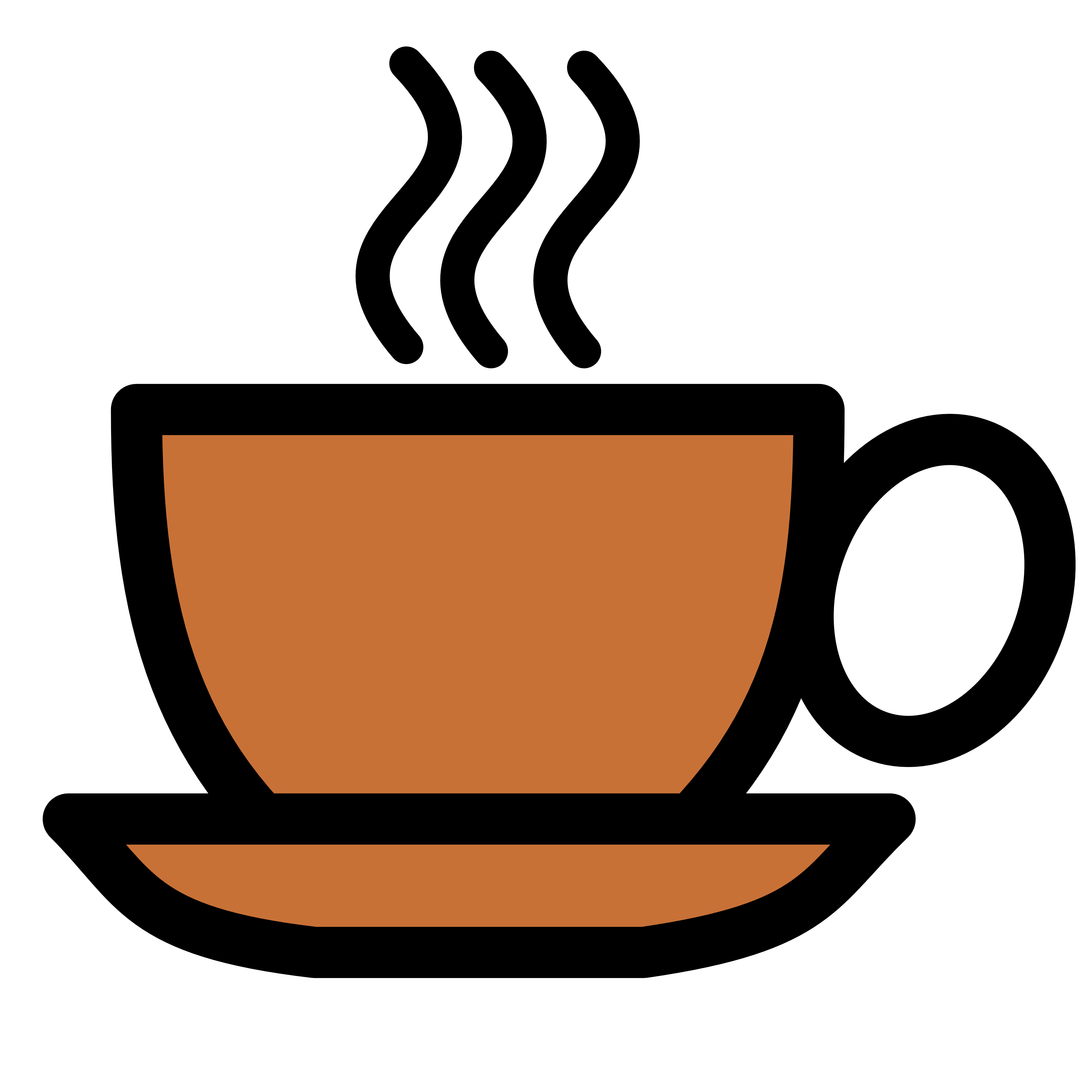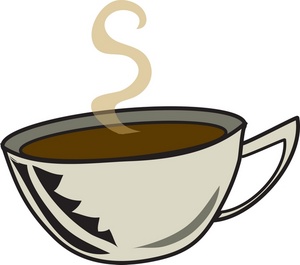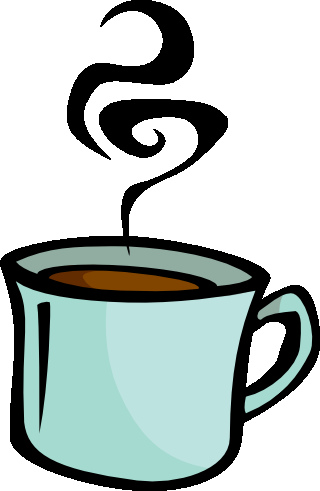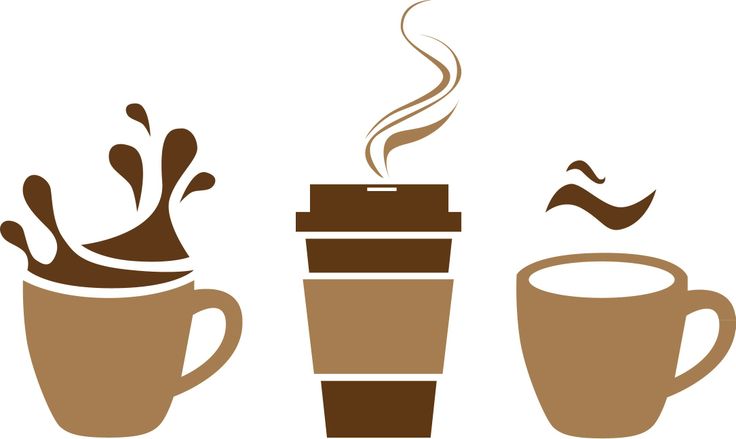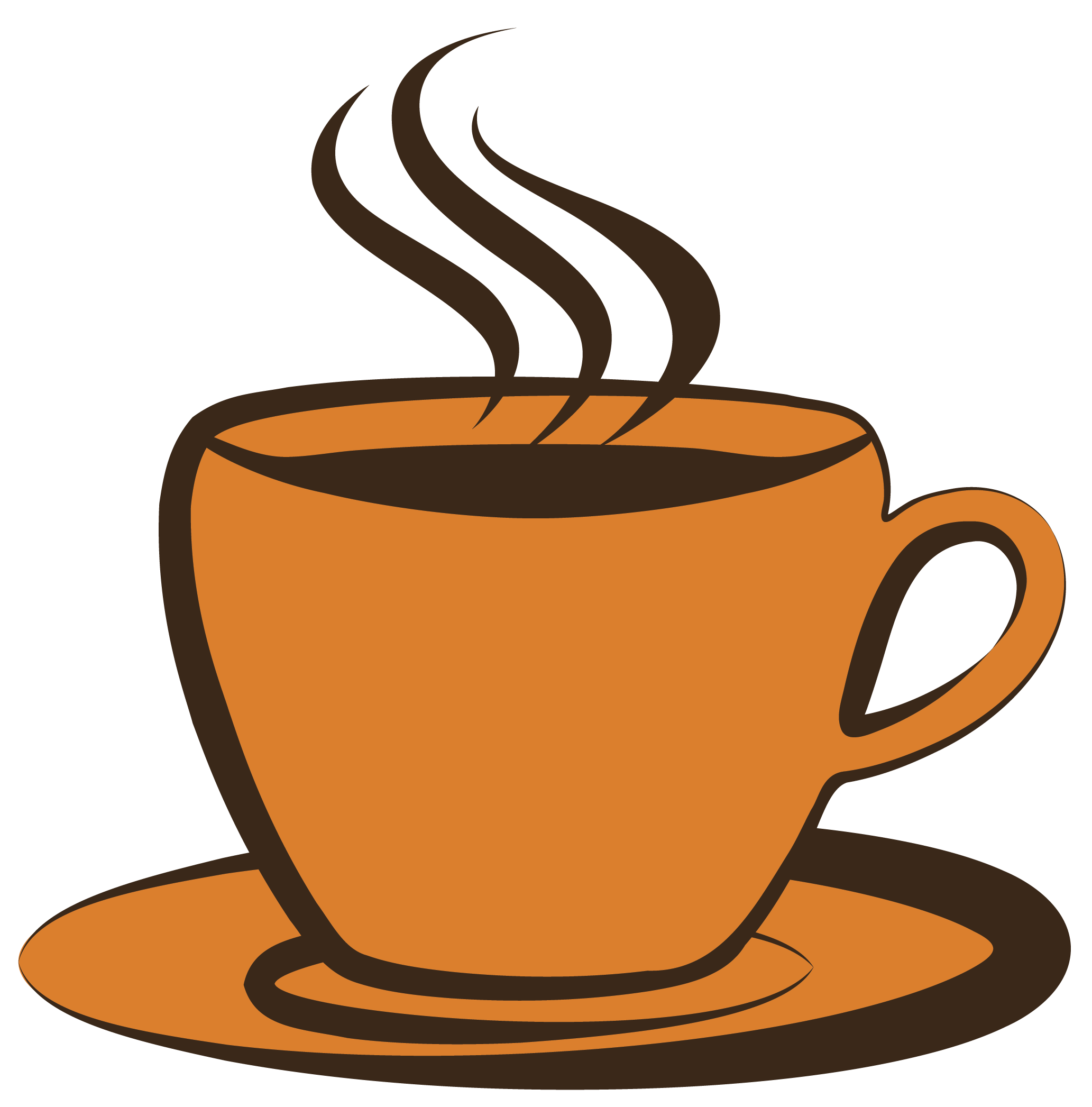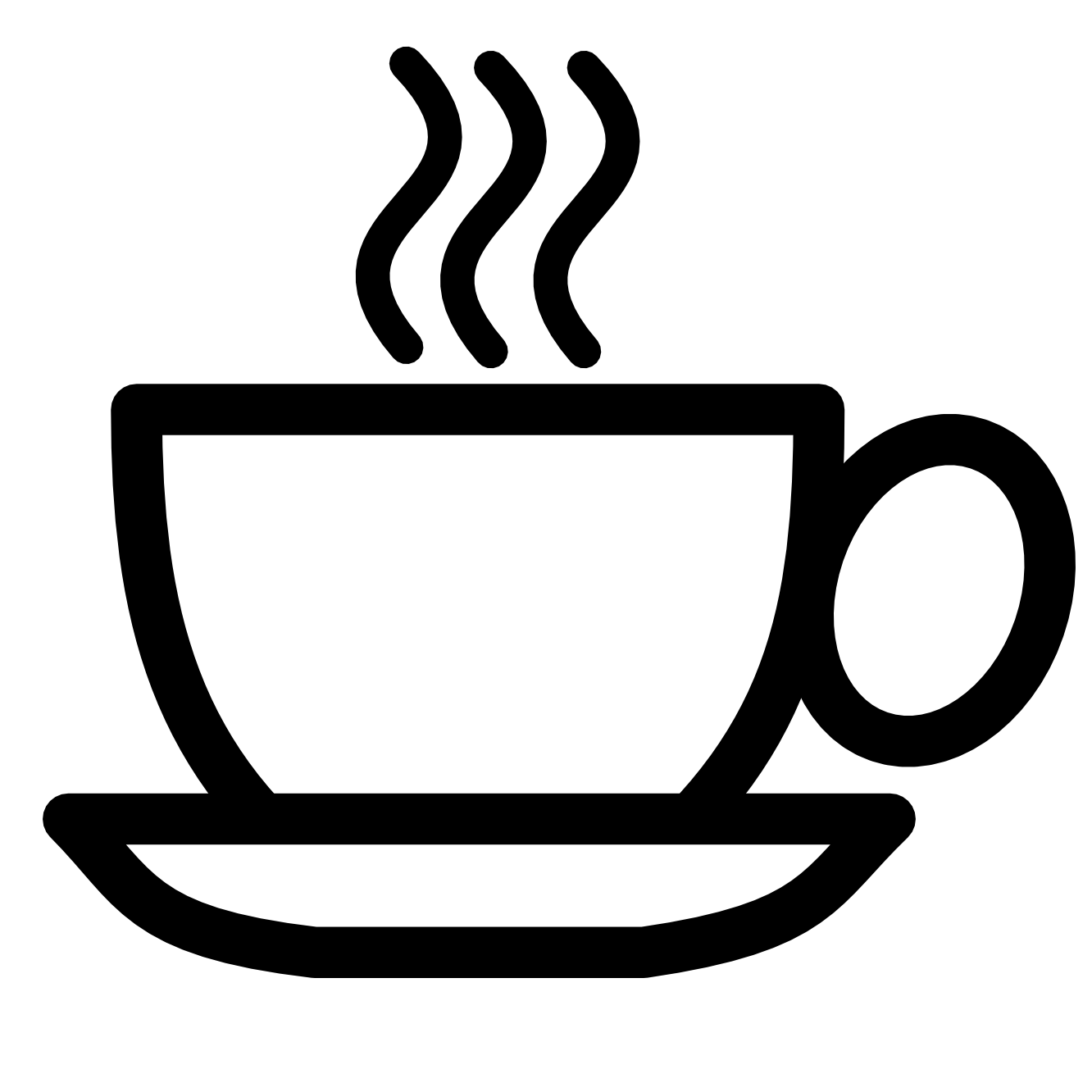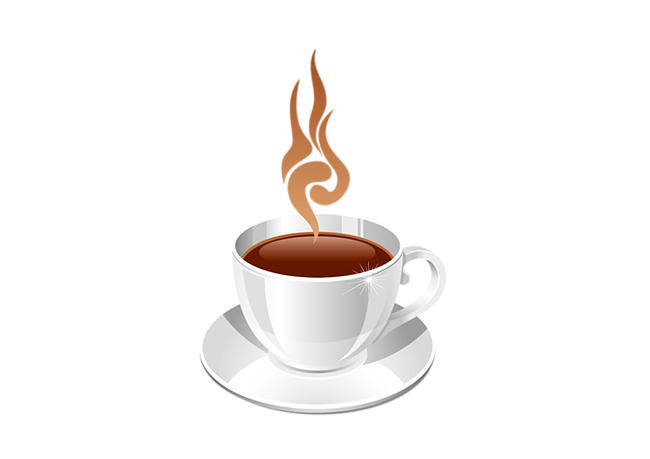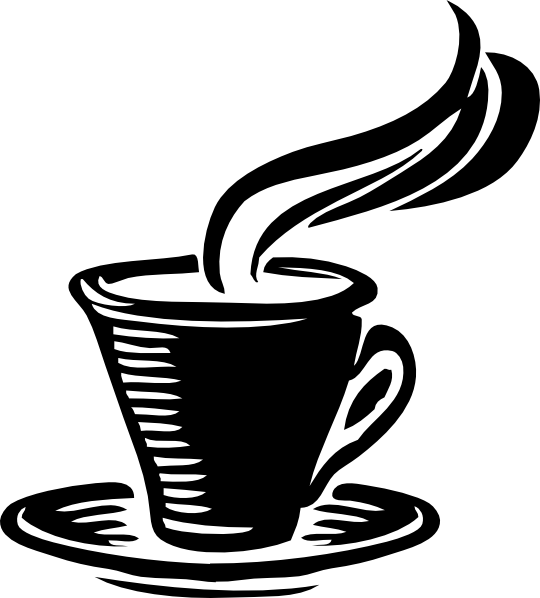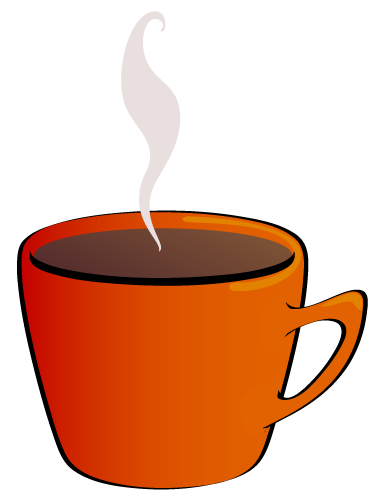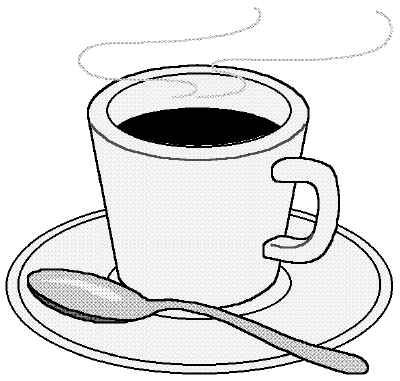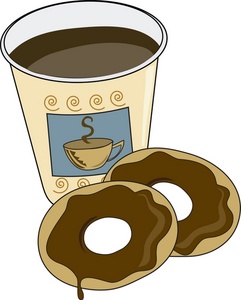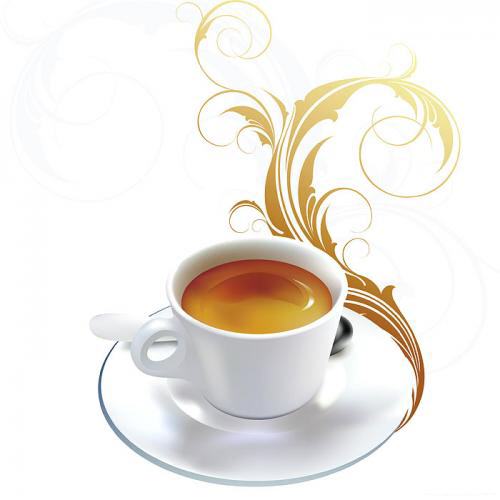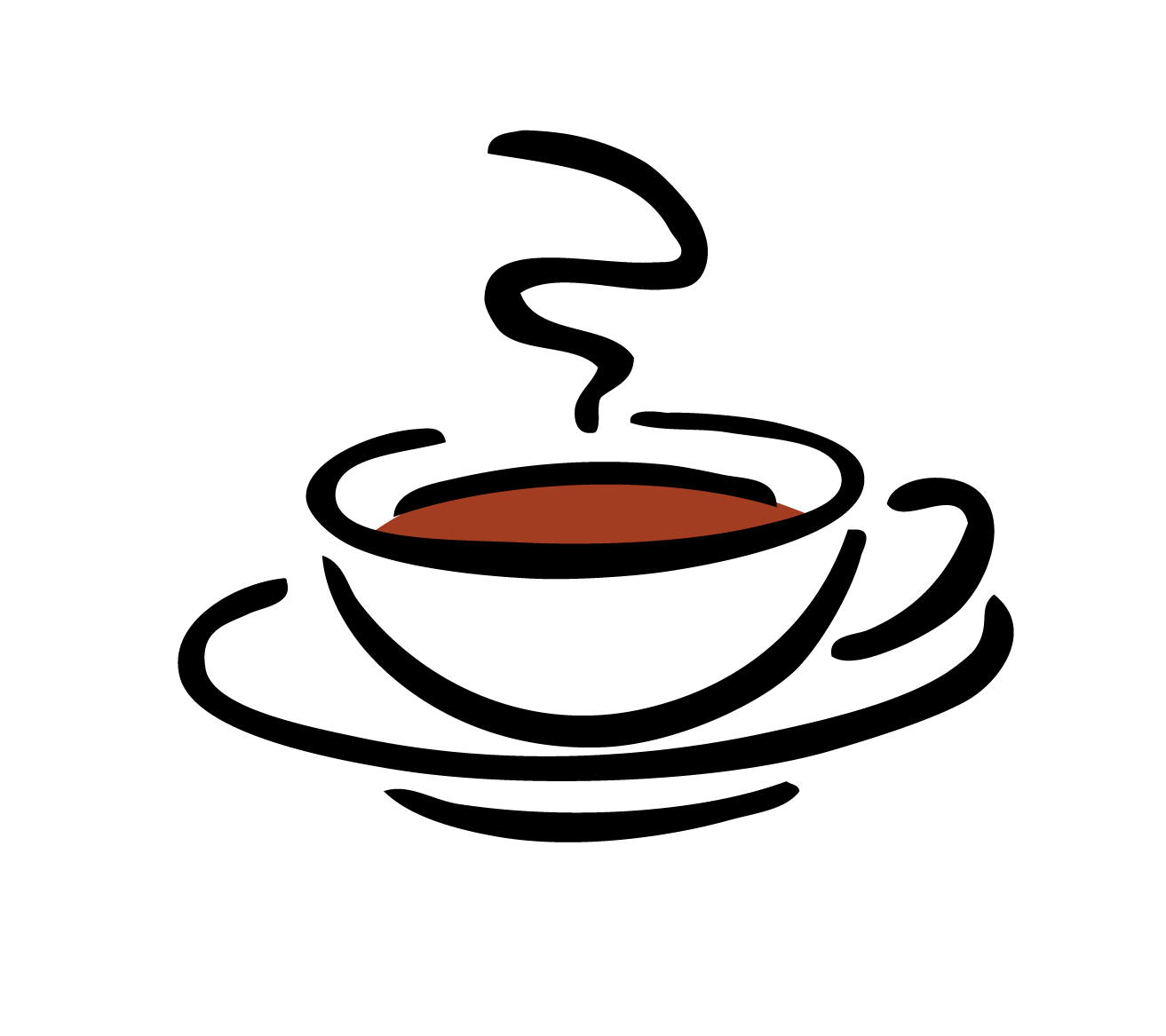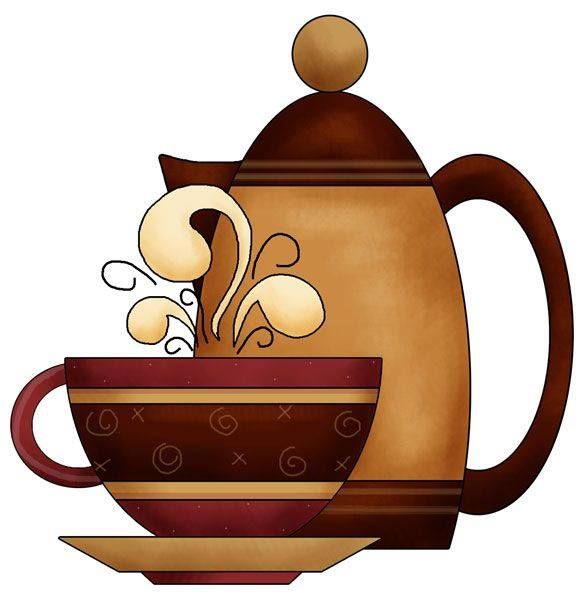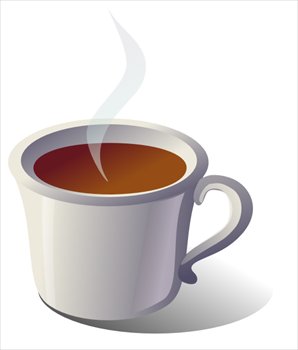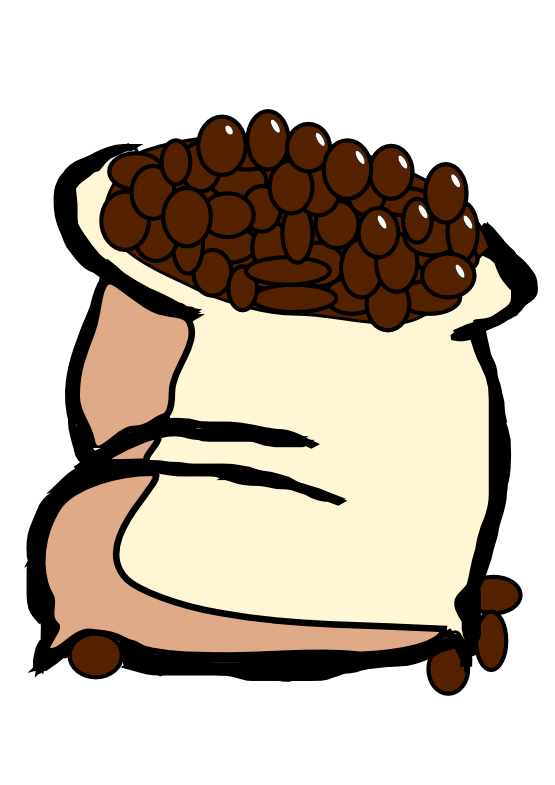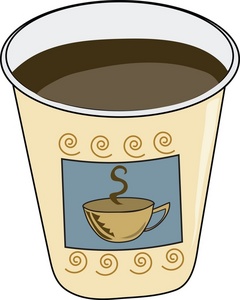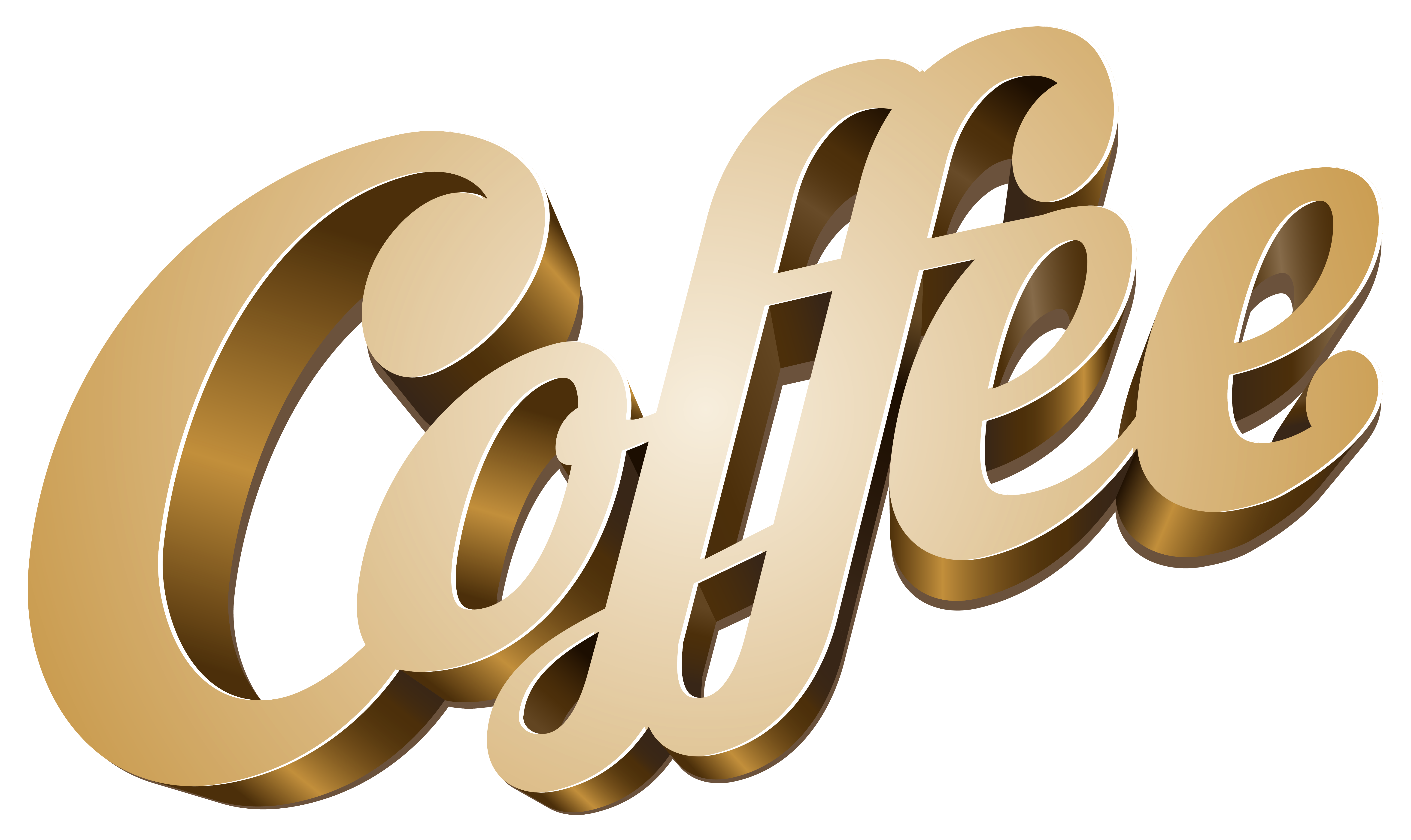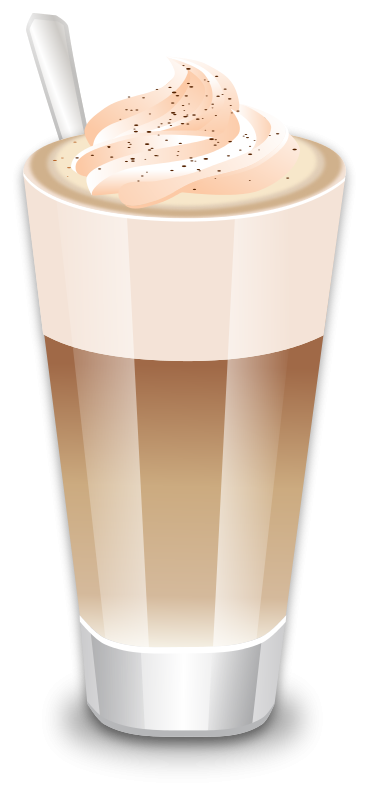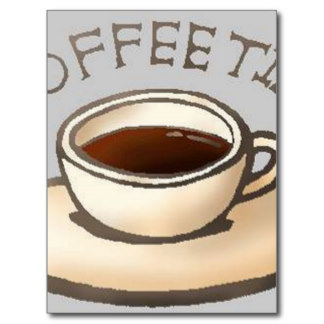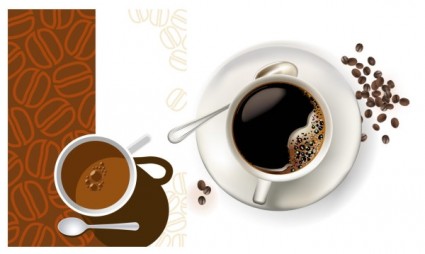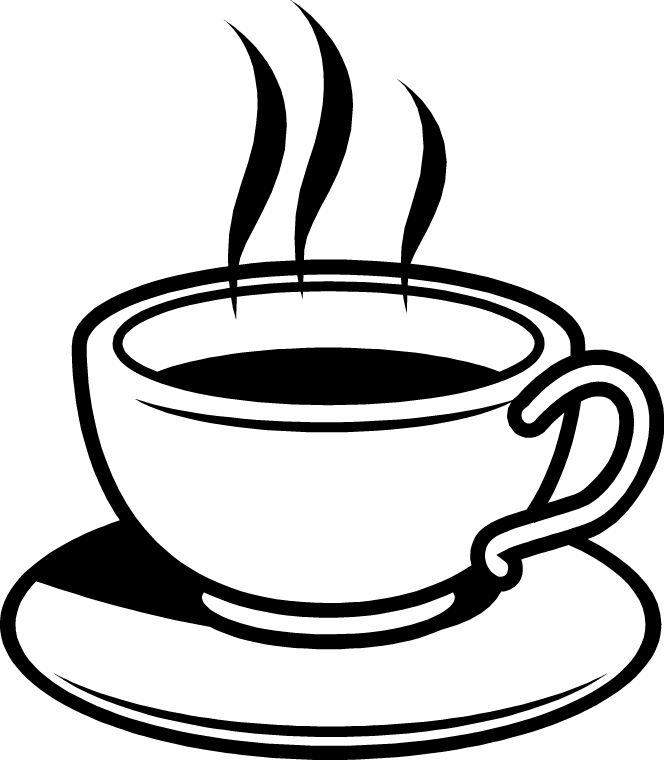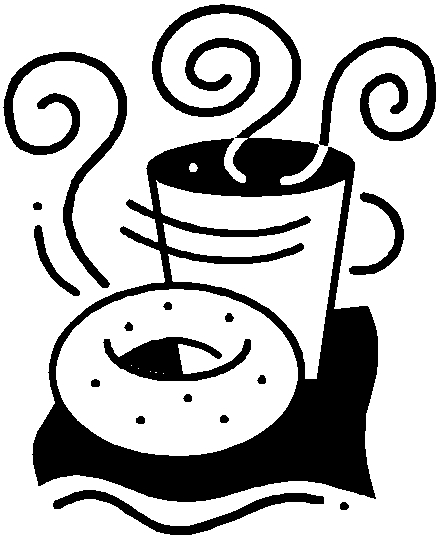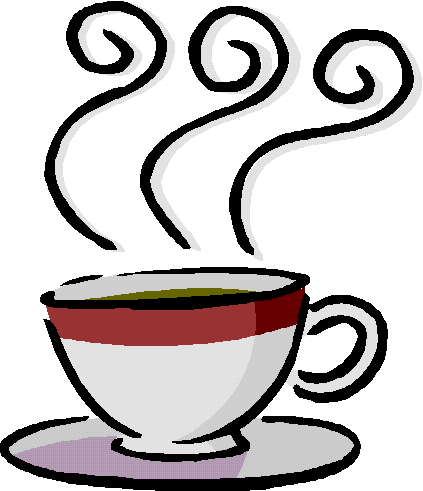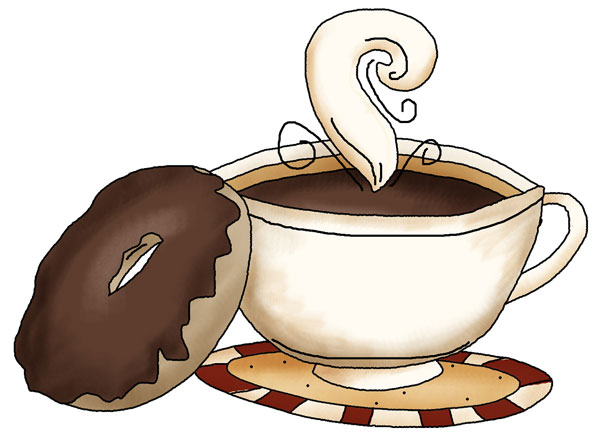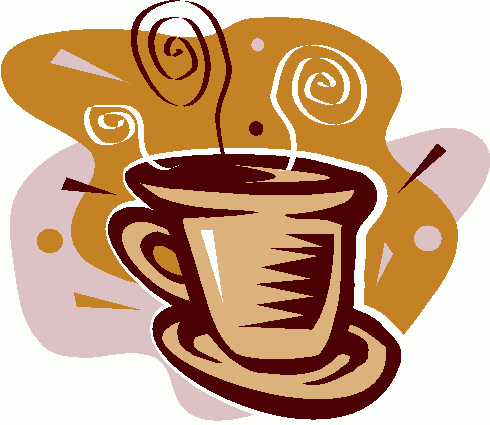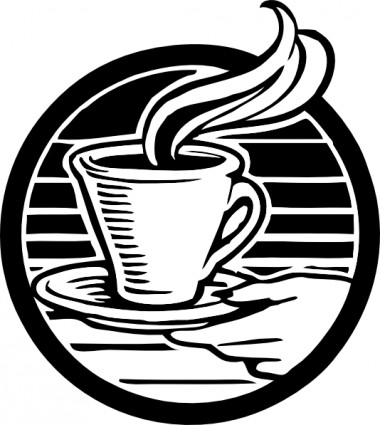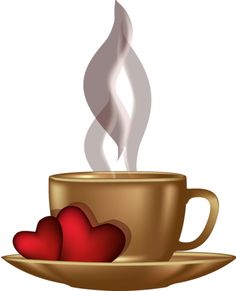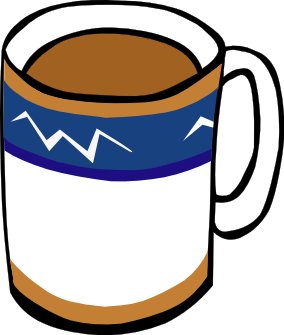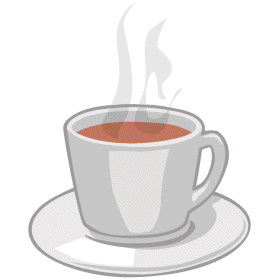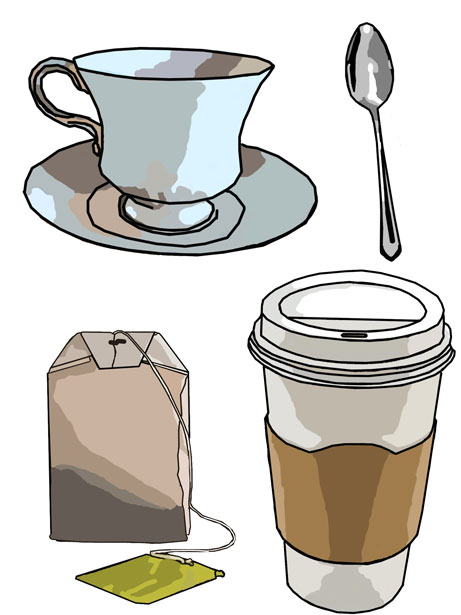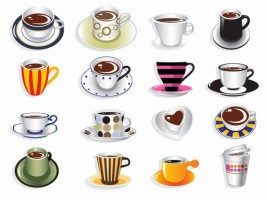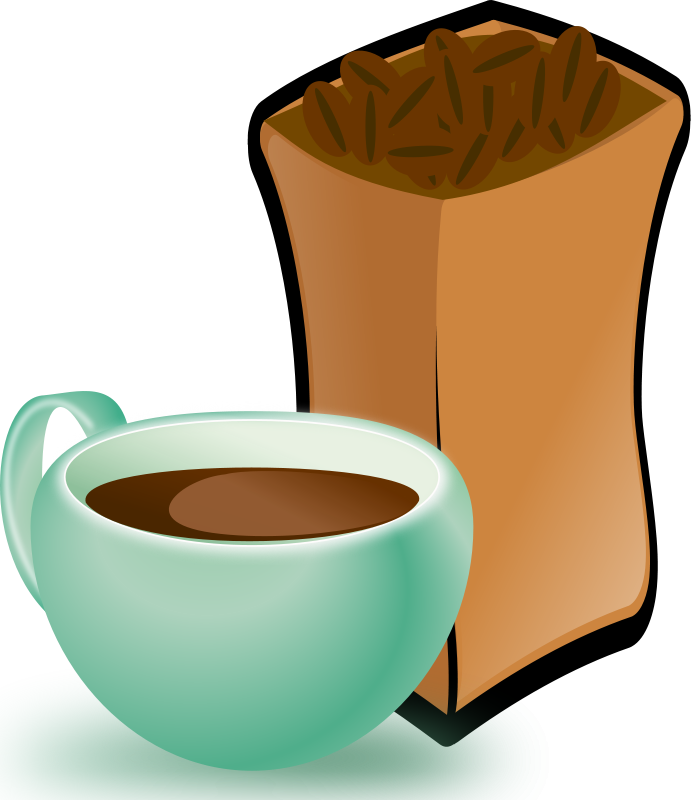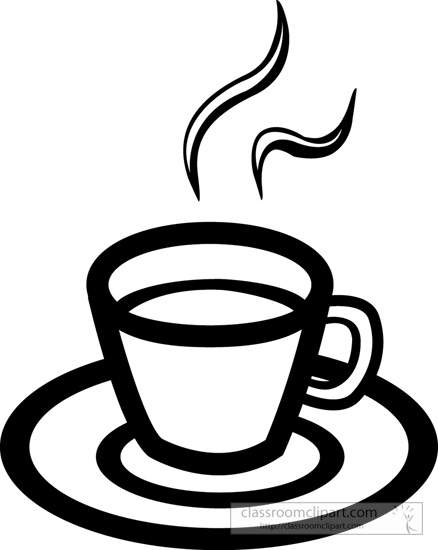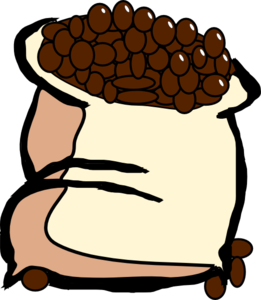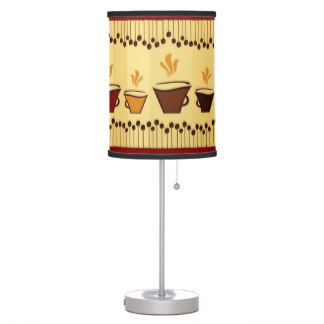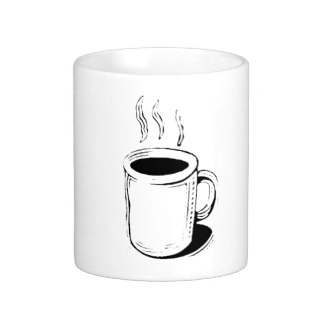Coffee Clipart
Coffee is one of the most popular beverages around the world. According to the International Coffee Organization, over 160 million bags of coffee are produced globally each year to meet consumer demand. The appetizing aroma, rich flavor, and caffeine kick make coffee a beloved drink across many cultures.
History of Coffee
While people may feel they can’t start their day without a cup, coffee is actually a relatively new beverage on the historical timeline. Legends trace coffee’s origins to 800 AD Ethiopia, where a goatherd named Kaldi discovered the energizing effects of the native shrub’s berries. From East Africa, the coffee plant spread to the Middle East and by the 1600s had permeated Europe. The first coffeehouses opened in England, France and Austria by the mid-17th century. Coffee’s popularity boomed when companies like Starbucks helped spur specialty coffee movement in the 1900s.
Types of Coffee
There are over 120 species of coffee plants, but the three most common types are Arabica, Robusta and Liberica. Arabica dominates the market, valued for its smooth, delicate flavor profile. The Sweeter Arabica beans contain about 60% more lipids and sugars than the harsher, more bitter Robusta bean, which has almost double the amount of caffeine. Liberica is a rare species native to Liberia that makes up less than 2% of world coffee production. It has a unique, smoky flavor.
How Coffee is Made
Coffee starts its journey on shrubby evergreen trees grown in tropical regions near the Equator. After blossoming, trees produce bright red coffee cherries which turn dark purple when ripe. Worker hands pick only the ripe cherries, then remove the outer skin and inner pulp to extract the seeds or “beans” inside.
Green coffee beans then undergo a roasting process to develop their signature aromas and flavors. Roasting occurs at about 400 °C for anywhere between 8 to 20 minutes depending on the desired roast profile: light, medium or dark. This is when the green beans turn varying shades of brown, doubling in size as their sugars caramelize. After cooling down, roasters grind the beans to preferred sizes like expresso, drip or French press.
Preparing and Brewing Coffee
There are many popular methods for coaxing an aromatic cup out of roasted beans. Brewing styles differ based on grind size, water temperature and contact time. Basic techniques include boiled, filtered, pressed, steeped or extracted coffee.
Espresso is made by forcing very hot water under high pressure through finely ground beans for a strong concentrated form of coffee. Milk-based espresso drinks like cappuccinos or lattes blend the kick of espresso with the sweetness of steamed dairy. Some people enjoy add-ins like sugar, flavored creamers or spices for a personalized coffee experience.
Health Benefits and Risks
Coffee contains thousands of biologically active compounds like antioxidants and anti-inflammatories, which may contribute health perks. Research links moderate coffee consumption with reduced risk of diseases like diabetes, Parkinson’s disease, heart disease and liver conditions. At the same time, too much caffeine can cause issues like anxiety, insomnia, digestive problems or high blood pressure in some individuals.
Coffee Culture and Trends
Once a simple drink, coffee has become intertwined with culture, community and identity. Specialty coffee shops serve as gathering places. Baristas create latte art masterpieces. Customization represents self expression. We not only consume coffee, but celebrate it.
Cafes compete to offer the most innovative coffee drinks like the trending CBD-infused coffee or gluten free turmeric latte. Cold brew and ready-to-drink canned coffees are also on the rise. Sustainable sourcing using blockchain technology helps connect consumers to coffee farmers worldwide.
Coffee Art and Aesthetics
Coffee’s growing cultural footprint is visible through coffee art and café aesthetics. Coffee clip art captures coffee’s youthful energy through graphic visuals of overflowing cups, steaming roasts or energetic beans. These images get incorporated onto mugs, ads, websites and product packaging. Beyond clipart, coffee inspires shop decor thanks to brown and green color schemes, coffee aroma, burlap sacks, antique coffee accents and more. The sights, sounds and smells of a coffee shop environment entice people as much as the beverages themselves.
The Business of Coffee
As people crave ever more specialty roasted brews, the demand keeps increasing. The coffee industry now includes 25 million producers, over 100 billion in yearly retail sales globally and provides livelihoods for millions of people across supply chains. With such immense growth, sustainability practices also gain importance so everyone benefits. Companies can commit to ethical programs supporting coffee farmers, reducing waste or energy use. For all the challenges in producing the world’s favorite wake-up drink, most agree coffee brings more people together than it divides.
People consume well over 2 billion cups of coffee every day for very good reasons – the habit forming brew delivers a burst of pleasure, focus and antioxidant health benefits. Coffee plays much more than a beverage role in 2023, becoming deeply embedded into our cultures and communities. Still today the drink that originated with an Ethiopian goatherder continues awakening the human spirit, one perfect cup at a time.
In this page clipartix present 66 coffee clipart images free for designing activities. Lets download Coffee Clipart that you want to use for works or personal uses.
